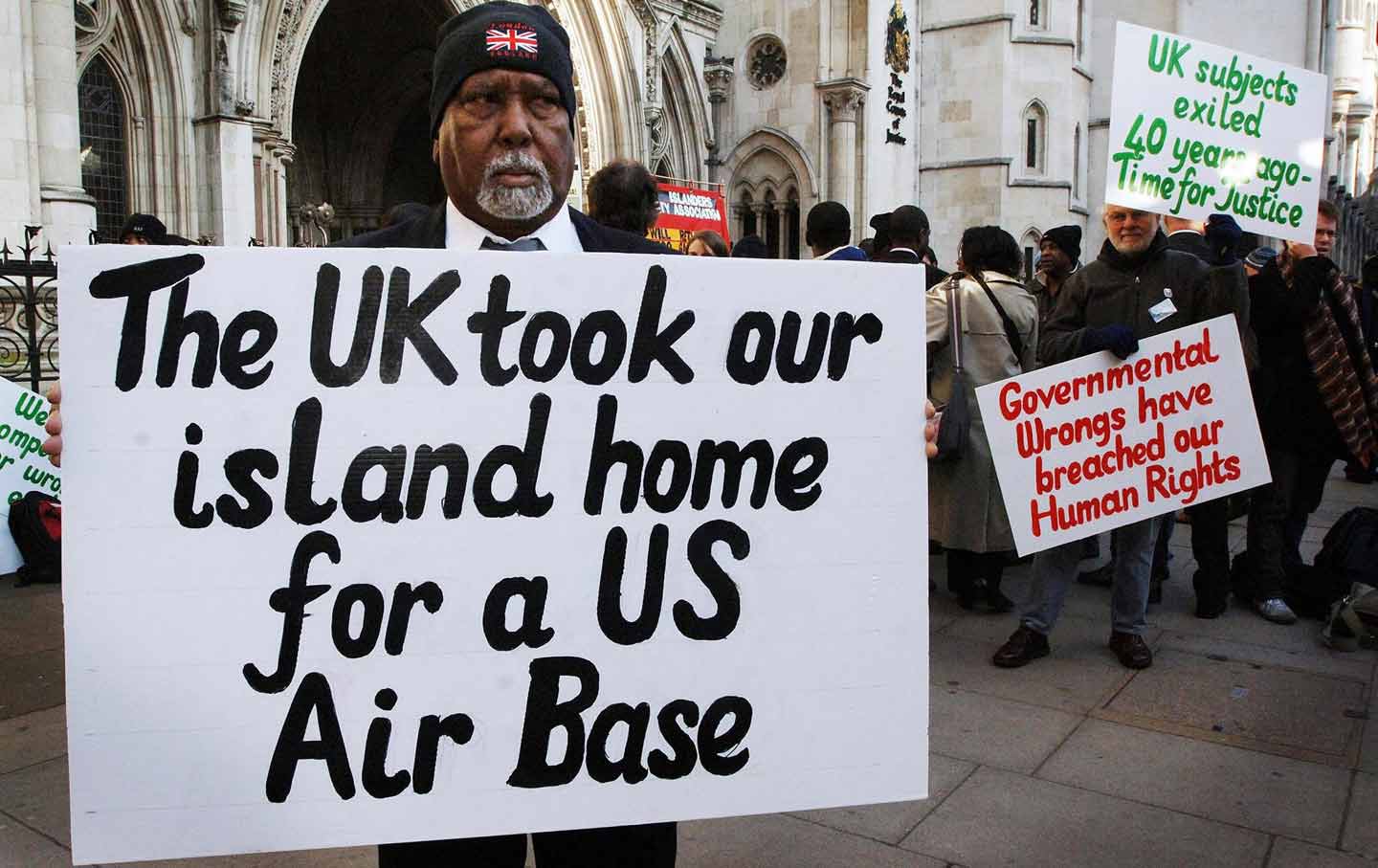United Parcel Service on Tuesday revealed plans to slash 20,000 jobs after deciding earlier this year to slash the number of packages it delivers for its top customer, Amazon.
Shares in UPS — which has about 490,000 employees — fell 1% in early trades on Tuesday after the package delivery giant revealed the job cuts. UPS said it expects to save $3.5 billion this year from the job cuts and by shutting 73 leased and owned buildings by the end of June.
The company projects expenses between $400 million to $600 million during 2025, due to separation benefits and lease-related costs.
Amazon last year accounted for 12% of UPS’s business, the company said.
In January, UPS announced its plan to cut its Amazon deliveries by more than half in an attempt to boost profits by focusing on high-margin parcels. The company also cut 12,000 jobs last year.
Meanwhile, UPS is also facing potentially lower deliveries from Chinese fast-fashion giants Shein and Temu.
UPS said it was not updating its full-year forecast due to the economic uncertainty, but it is taking steps to reduce costs through layoffs, warehouse closures, ramped up automation and asset sales.
“The actions we are taking to reconfigure our network and reduce cost across our business could not be timelier,” Carol Tome, chief executive of UPS, said in a statement.
“The macro environment may be uncertain, but with our actions, we will emerge as an even stronger, more nimble UPS.”
The president’s sweeping tariffs, including a stiff 145% rate on China, have slowed trade as consumers and producers alike try to avoid price hikes.
It’s likely to hit parcel delivery firms hard, as shoppers cut back on purchases from overseas manufacturers that face hefty import taxes.
Chinese vessel sailings to the US have already plummeted, and some vendors have backed out of Amazon’s Prime Day, threatening the e-commerce giant’s major shopping holiday.
Trump plans to lift a trade loophole known as the de minimis exemption on May 2, which previously allowed these companies to ship packages worth less than $800 – like cheap soft goods – into the US duty-free.
UPS reported first-quarter revenue that fell to $21.5 billion, but it still beat expectations of $21.05 billion, according to LSEG analysts.
Revenue in its US segments grew 1.4% to $14.46 billion due to increased revenue per piece, even as overall volumes declined.
It recorded adjusted profit per share of $1.49, beating expectations of $1.38.
UPS stuck to its full-year forecast from January of $89 billion and an operating margin of 10.8%.














